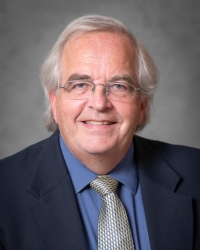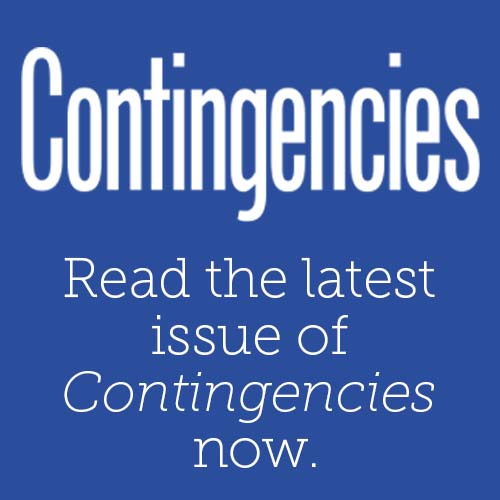Professionalism Counts, January 2023
Q&A: Professionalism Considerations for Working in Developing Areas of Actuarial Practice
The Committee on Professional Responsibility (COPR) released a new paper, Professionalism Considerations for Working in Developing Areas of Actuarial Practice. COPR member Kathy Wong and former chairperson Nancy Behrens discussed the paper in a Q&A.
Q: How would an actuary determine whether they’re qualified to work in an emerging area?
Kathy Wong: Qualification relates to professional judgment—you have to be able to make an appropriate assessment of your capability level. It comes back to the look-in-the-mirror test. From my own experience, while I’m working on a project, I get a good sense of whether I’m qualified. If I’m not sure what to do next, don’t know enough about the topic, or don’t know if I’ve considered everything that I should, I have to step back and say, “What do I have to do to get qualified?” That’s where we come back to the Code of Professional Conduct and relying on actuaries to do their work in accordance with the Code.
In every area of practice, there are some fundamental concepts that carry across to other practice areas. In the paper, we used ERM [enterprise risk management] as an example, an area where I was an early practitioner. My education in corporate finance and my experience as a business unit CFO gave me a good start in ERM, and I continued to do research to get more up to date and see what other actuaries were doing.
Nancy Behrens: Actuaries should consider what they’ve done to learn about this new area—participating in industry or actuarial work groups, reading papers, or looking at what’s going on in other countries. By reading everything that’s out there about the new area, including legislation, you may well become the leading expert in this field.
Q: What might an actuary want to think about when no specific actuarial standards of practice (ASOPs) apply to an area of practice?
KW: Actuarial work in developing areas tends to evolve from more traditional actuarial work, so the ASOPs that apply to traditional work can be helpful. As you’re going into a new area, be aware of what else is going on in the industry. Other people may be publishing papers on the same topics. Actuaries in other countries may have been working in that area. For example, actuaries are much more prevalent in banking in Australia and South Africa, so a U.S. actuary trying to move into that area could look at the professionalism guidance that applies to actuaries working in banking in other countries.
NB: Precept 1 of the Code addresses doing your work with integrity and competence and remembering that we’re fulfilling the needs of the public. Annotation 3-2 of the Code says, if there’s no standard, use your professional judgment. Reviewing ASOPs that are closely related to the developing area can be helpful. Some—ASOP Nos. 1, Introductory Actuarial Standard of Practice; 23, Data Quality; and 41, Actuarial Communications—apply to almost all actuarial work, including emerging areas.
KW: Actuaries should look to the Code and the ASOPs as their friends. They’re there to give you guidance. The Code reminds you of your boundaries. Your professional judgment has to stay within the realm of being qualified and being competent, and the ASOPs tell you what to think about, whether it’s an existing or a new area. The Code and ASOPs are good guidance for actuaries, not limitations on what they can do.
Q: What would you like actuaries to take away from this paper?
KW: Actuaries sometimes move into a developing area without giving appropriate thought to whether they’re qualified, because the move may be gradual, and the work seems to be just an extension of what the actuary is already doing. I want to remind actuaries that this new work is subject to the Code and that they need to consider what it means to be qualified, take the steps to get qualified, and make sure that they’re competent to do the work. I want to make actuaries think about the fact that these are requirements in the Code—you need to abide by them.
NB: There’s a great line in the qualification portion of the paper: “The Code treats actuaries as professionals capable of making an honest assessment of their competence.” The Code and ASOPs help people document how they’re competent and qualified in any area in which they practice. I really want people to take away Kathy’s comment—that the ASOPs and the Code are your friends, and you should take them with you as you determine whether you’re qualified to practice in the new area.







